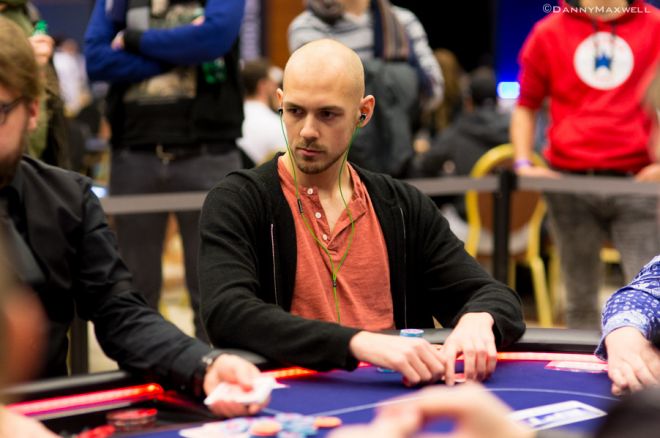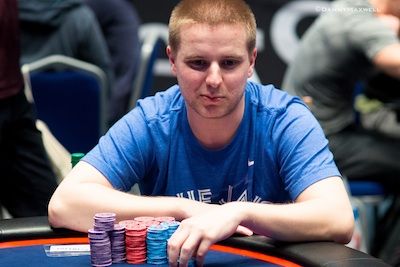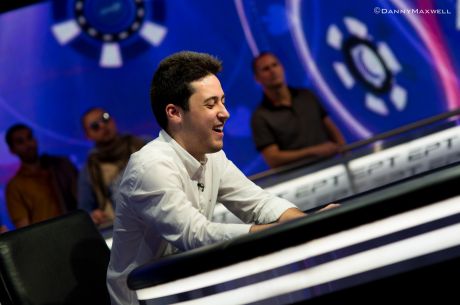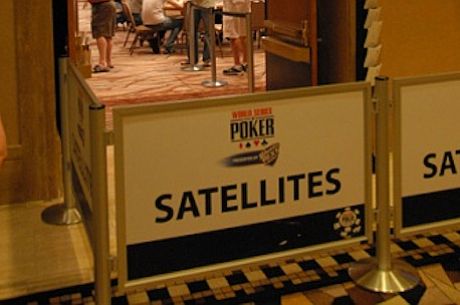Flat-Calling Preflop Raises from Position With Big Pairs

Covering live poker tournaments for a living affords me the opportunity to see countless thousands of hands played out, many of which offer interesting and potentially valuable insights into how players �� both amateurs and professionals �� play the game. In this ongoing series, I��ll highlight hands I��ve seen at the tournaments I��ve covered and see if we can glean anything useful from them.
The Scene
It��s a big one, the European Poker Tour Grand Final Main Event set in Monte Carlo. This hand takes place relatively early in the tournament, soon after the Day 3 restart. Level 15 (1,500/3,000/400) is about halfway over, and the money bubble is approaching fast.
These tables have a healthy mix of both amateur and professional players who each ponied up the �10,600 entry fee, and they know a payday of nearly �1.1 million awaits the winner. With the money bubble imminent, big stacks have tons of leverage to put pressure on shorter-stacked players looking to sneak into the money and lock up a payday.
The Action
Thomas Popov finished Day 2 as one of the chip leaders and has been utilizing his big stack with suitable preflop aggression. In this pot, his middle-position open prompted calls from both Stephen Chidwick (pictured above) in the cutoff and a third player in the big blind. Popov��s stack is over 400,000, easily covering both opponents, while Chidwick has roughly 200,000.
Following the J?3?7? flop, the big blind checked and Popov continued for 12,500. Chidwick came along, and the big blind liked the price enough to continue as well.
The 3? paired the board on the turn, and when checked to Popov continued barreling for 33,000. Only Chidwick wanted to keep playing, then the river brought the 9?. Popov fired a final bullet of 87,000, which gave Chidwick considerable pause for the first time in the hand. A couple of minutes later, he called.
Popov knuckled the table and showed A?10?, not near enough to best Chidwick��s Q?Q?.
Concept and Analysis
Popov opens with a standard hand, plenty strong enough in middle position and with juicy antes a-plenty in the pot. Most players in Chidwick��s spot would reraise with pocket queens, trying to get more money in the pot with a strong hand. Queens are certainly a hand that rates to be ahead of Popov��s range, so raising for value in position makes sense.

Instead, Chidwick decides to flat-call. This serves a few purposes. One, it disguises his holding. Two, it keeps the pot small relative to the blinds, thus giving Chidwick more room to maneuver postflop when he likely presumes he has an edge over most of his competitors. Third, it keeps the pot small relative to the stacks so that if a bad board comes out for the queens, Chidwick isn��t committed to the pot and can get away cheaply.
With nobody showing any strength and a dead board hitting the flop, Popov attempts to take it down with a continuation bet. Chidwick calls and gets a great turn card, giving him even more cause to allow Popov to keep firing into his well hidden queens-up. Popov does just that with both a sizable turn bet and a big river bet.
In the end, Chidwick gets big value out of his hand postflop by disguising his big pair with a preflop flat-call.
When aggressive players see a board like the one that ran out in this hand, they will view it as a golden opportunity to three-barrel, likely putting a preflop flat-caller on a mediocre range heavy on hands like middle pairs, medium-strength Broadway combos, and suited connectors. Such a line does put massive pressure on those hands, so just calling with big pairs can be a way turn to that aggression against them and into your own profit.
Want to stay atop all the latest in the poker world? If so, make sure to get PokerNews updates on your social media outlets. Follow us on Twitter and find us on both Facebook and Google+!








